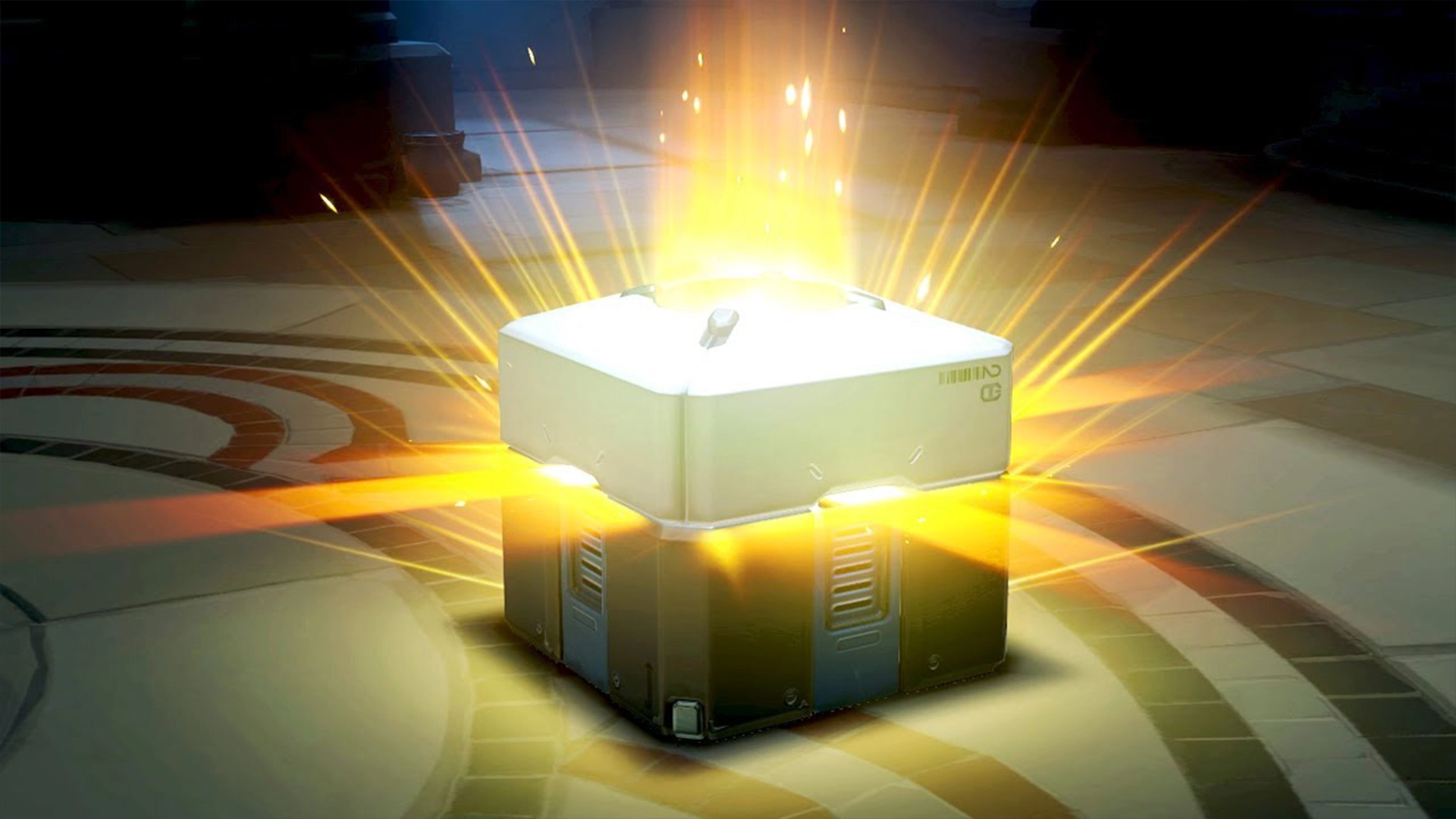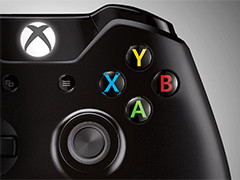You can trust VideoGamer. Our team of gaming experts spend hours testing and reviewing the latest games, to ensure you're reading the most comprehensive guide possible. Rest assured, all imagery and advice is unique and original. Check out how we test and review games here
The Entertainment Software Rating Board will now include “random items” in its appraisals of games, to foster “greater transparency about the nature of in-game items available for purchase.”
This qualifier is, in fact, separate to “In-Game Purchases,” which itself was introduced in 2018. The new label will be “assigned to any game that contains in-game offers to purchase digital goods or premiums with real world currency (or with virtual coins or other forms of in-game currency that can be purchased with real world currency) for which the player doesn’t know prior to purchase the specific digital goods or premiums they will be receiving (e.g., loot boxes, item packs, mystery awards).” It will be given to games that also feature “non-randomized paid elements,” and the notice will cover “loot boxes, gacha games, item or card packs, prize wheels, treasure chests, and more.”
“The original In-Game Purchases notice will still be assigned to games that offer any other type of purchase, including additional levels, cosmetic items, DLC, expansions, etc.” explained the ESRB. “However, going forward it will not be assigned to games with ‘loot boxes’ or similar mechanics to ensure consumers clearly understand when the game offers purchases with randomized elements.” The choice is the result of consumer research, which concluded that people wanted to know whether games used randomised microtransactions specifically, in order to make an informed purchase.
Furthermore, the label does not use the term “loot box” because that is not necessarily understandable to those who play games casually, or to parents wishing to support their child’s interests. “Recent research shows that less than a third of parents have both heard of a loot box and know what it is,” said the ESRB. “It is still essential that all consumers, especially parents, have a clear understanding of the rating information we provide.”






